Poets know black holes. Our heads are full of them at times. As are our houses. And our calendars. Or is it just me?
I’m focusing on white holes at the moment. True, to discuss them “we may have to go out on an astronomical limb” (PBS Nova, “Are White Holes Real?”); nevertheless, the concept of an inverse to the life/time/sanity/existence-sucking power of a black hole–something that emits Hawkian radiation, a kind of poetic, albeit theoretical, brilliance–entices. It offers hope. Yes, there are holes you can’t get out of, cosmic joy-sappers, but there just may also be voids of creation, or at least light-emission zones. And if they’re out there in the cosmos, the writer speculates, maybe, just maybe, they’re also in here (the hapless poet taps her temple for emphasis).
My point is that I’m back to blogging and writing, after a hiatus for life-coping, job-learning reasons of little interest to fellow poets and writers. You all have them: times when illness, death, surgery, family needs, learning curves, job challenges (yours or your mate’s), pets, political tension, finances, and general entropy seem to conspire against the odds of your pumping extra creative juices through your cerebrum. Your black-hole times.
That’s precisely when it’s time to declare a White Hole Time.
During July, I’m participating in the 30/30 Project of Tupelo Press, committed to writing 30 poems in 30 days. This will mean a number of things, including but not limited to the following. (1) No excuse short of personal coma will keep me from writing daily this month. (2) No procrastinating. Writing comes first. (3) Perfectionism has been given the boot. While aiming for quality, 30/30 poets have to press on, trusting their guts and knowing the revision will continue after the poems are posted. (4) My family, assured repeatedly of my enduring love, will have to deal with wife/mom who lives in her home office and lets the dishes pile up until bedtime. Occasional muttering must be tolerated.
I would be delighted if you would consider donating toward my fundraising goal. Be sure to name “Kathleen McCoy” in the “Honor” box to credit my goal for the 30/30 Project. If you would have a subject you’d like me to write about, leave a comment. It’s an exciting endeavor, gathering poets from across the country who write in a variety of styles and support one another throughout the month–all to help out an award-winning independent press that publishes high-quality poetry, fiction, and nonfiction.
This week, the SCOTUS surprised and delighted us with its vote for marriage equality. There are rainbows everywhere. And in undertaking 30/30, I realize there are real benefits for the “marathon poets” who participate. We are creating a virtual space where we can focus on white holes, rainbows, sparrows–anything that engages, enrages, delights, or endures our attention.
Suddenly, my teenage daughter is focusing on her summer homework! When I took a moment to praise her, she shrugged it off with, “Well, it’s easier when you’re out of the way.” Permission to retreat can be bittersweet.
Art should be for all of us. It’s an expression of love, passion, curiosity, longing, faith, doubt, unity, dissent–all the thoughts and emotions that help us embrace our humanity. Take a moment to check out the 30/30 Project. It’s art for all of us.

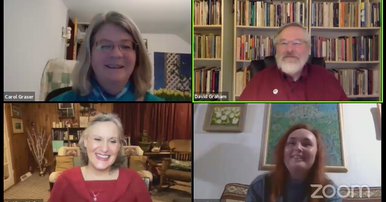

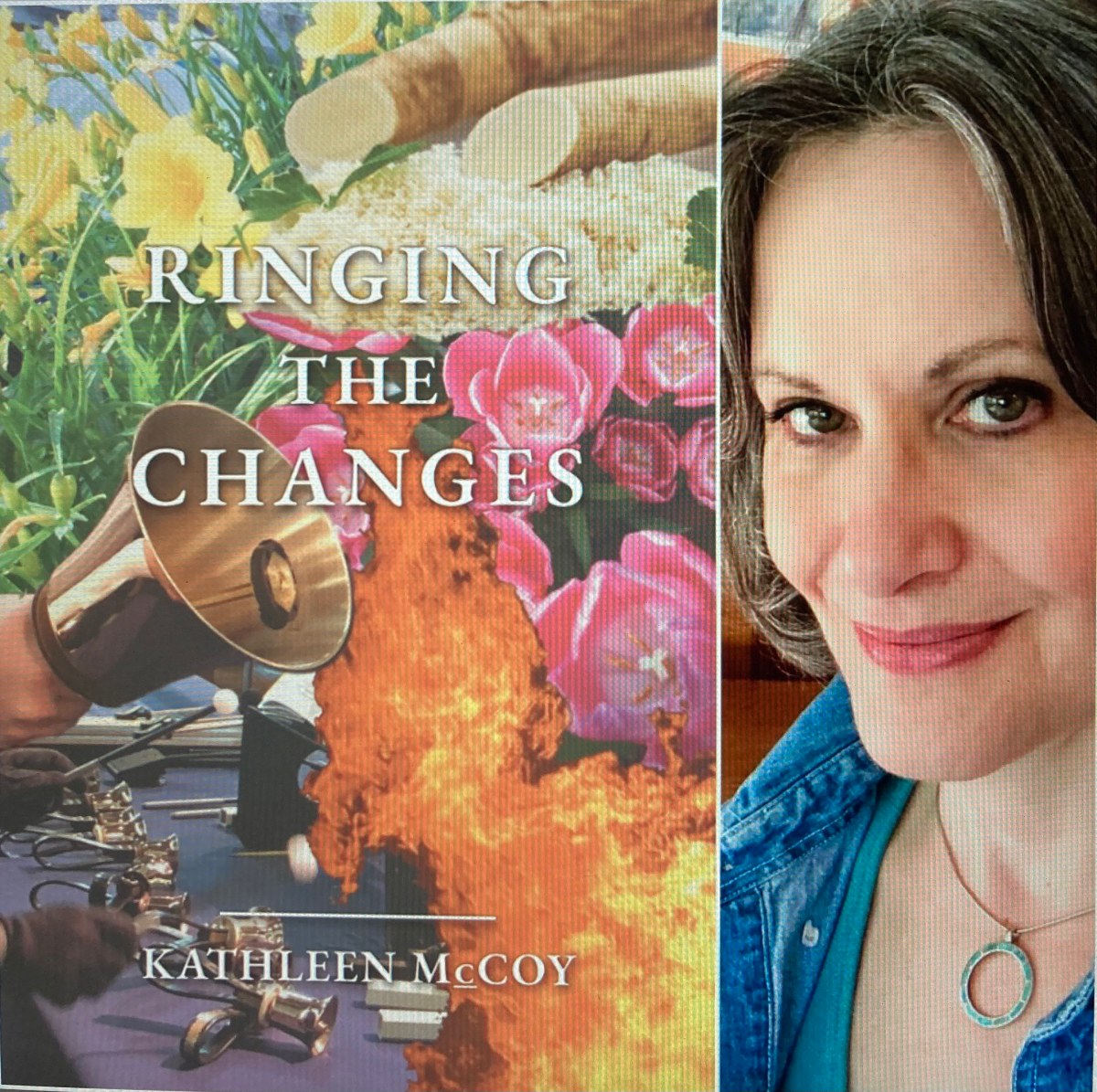
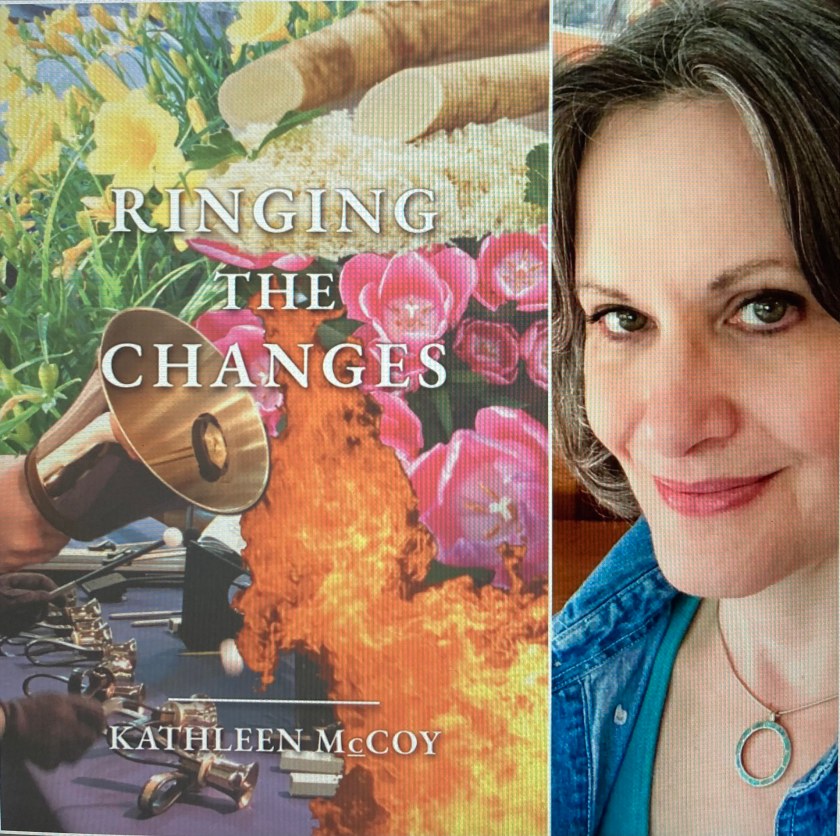

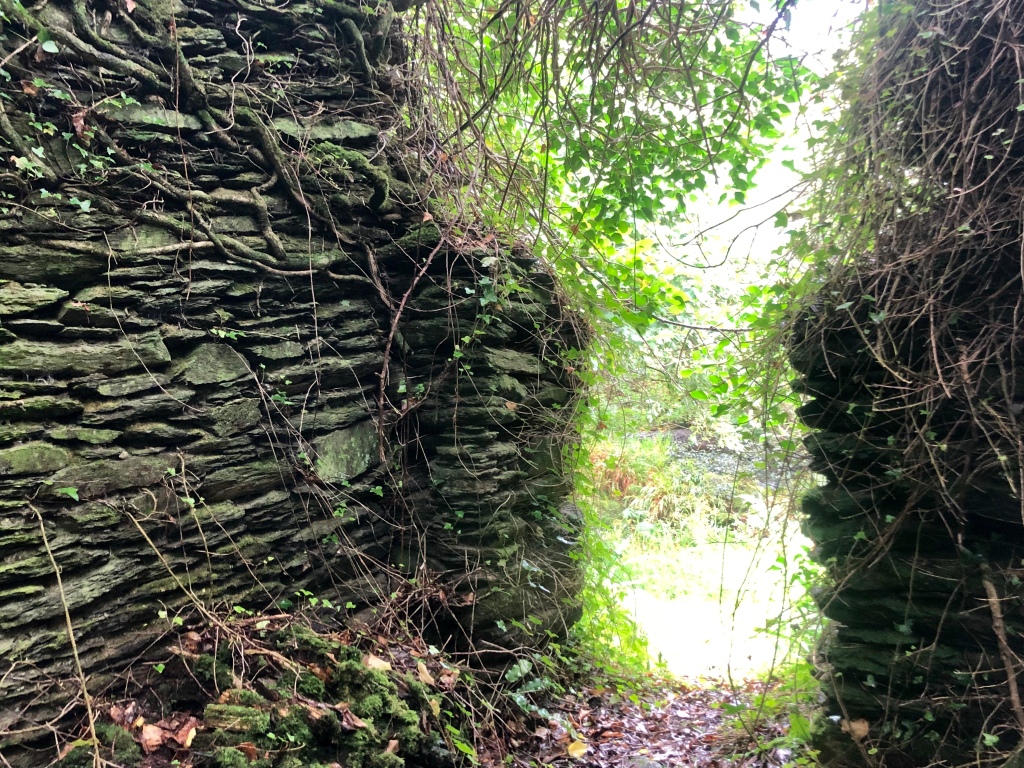
 To smell damp leaves, feel the crisp cheek-brush of November breeze and enter a grand old hotel full of books–poetry, novels, children’s books, travel books, regional books, genre fiction and more–well, it’s difficult to think of a better way to spend a weekend day. Especially in a small town. This Sunday, November 5, join award-winning poets and novelists like Barbara Ungar and Mary Sanders Shartle between 11:00 a.m. and 3:00 p.m. at the Queensbury Hotel (did I mention I’ll be there too?). We’re reading 12:30-1:00 in the Saratoga Room, talking with folks and selling books all day, and your presence will make our day. It just might brighten yours as well. #Chronicle Book Fair on Twitter; Glens Falls Chronicle Book Fair on Facebook. Click here:
To smell damp leaves, feel the crisp cheek-brush of November breeze and enter a grand old hotel full of books–poetry, novels, children’s books, travel books, regional books, genre fiction and more–well, it’s difficult to think of a better way to spend a weekend day. Especially in a small town. This Sunday, November 5, join award-winning poets and novelists like Barbara Ungar and Mary Sanders Shartle between 11:00 a.m. and 3:00 p.m. at the Queensbury Hotel (did I mention I’ll be there too?). We’re reading 12:30-1:00 in the Saratoga Room, talking with folks and selling books all day, and your presence will make our day. It just might brighten yours as well. #Chronicle Book Fair on Twitter; Glens Falls Chronicle Book Fair on Facebook. Click here: 
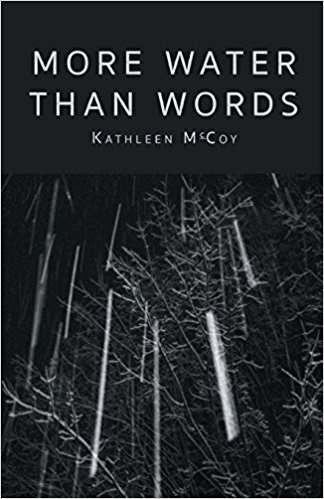


 Angela Nardin sings “The Nearness of You” by Ned Washington and Hoagey Carmichael at Hudson River Music Hall on September 17, 2017
Angela Nardin sings “The Nearness of You” by Ned Washington and Hoagey Carmichael at Hudson River Music Hall on September 17, 2017